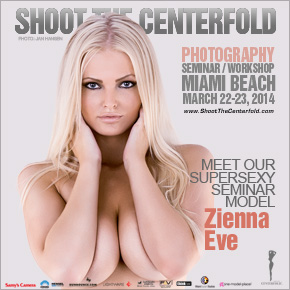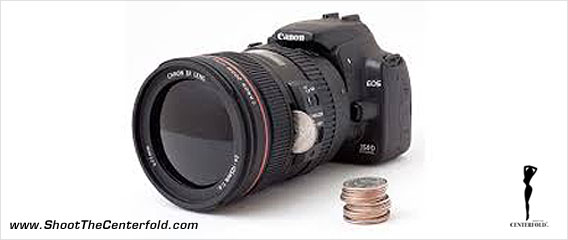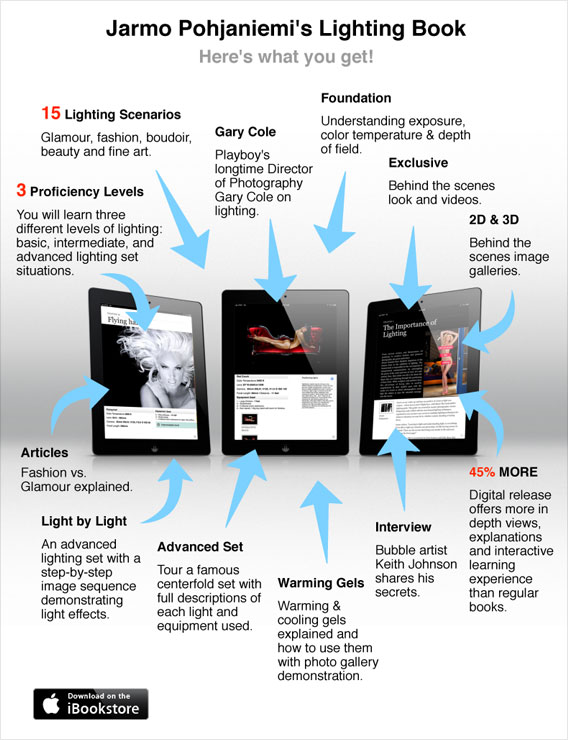Photo Buyers
Breaking into the photography market should be a relatively simple task. Photo editors, art buyers and ad firms all need images. All you have to do is take reasonably good pictures that meets their requirements. There are few details that are vital to the process, however. While they’re not as important as the image itself, they are powerful enough to kill a sale. The pros know the details, and it’s this knowledge as much as the quality of their work that makes them professionals, makes sales, and leads to commissions.
Make it Fast
 Two platforms standout when it comes to getting the product out there; Flickr and iStock. But only one of them has developed into a successful business model worth millions, despite the inventory suffering from saturation. You can find many interesting images on Flickr, but the main problem is… finding them.
Two platforms standout when it comes to getting the product out there; Flickr and iStock. But only one of them has developed into a successful business model worth millions, despite the inventory suffering from saturation. You can find many interesting images on Flickr, but the main problem is… finding them.
For example, look for any random image, say, “cup” and you’ll find about 500,000 on iStock. You’ll find over 25 million on Flickr, including shots with other elements you don’t particularly need or care for. On iStock, all a photo editor has to do is go through a few clicks, pony up a few credits and download the image. On Flickr, not only will you have to look a lot more, it will also take longer to pay for it, especially if the wait time includes emailing the photographer and receiving a response in a timely fashion.
The result is that most editors won’t even bother. The message here is that act like a professional – even if you aren’t one – by providing a quick response and you can be sure the editor’s bookmarked your page in case they need to use you again.
Mark as Saved
When a buyer’s found an image they want to use, he’ll want to make sure he can buy it and start working on it the same day. It’s a deadline world and time waits for no editor. They also want to make sure that the next sale will go just as easily so when all is said and done, he’s not only found an image, but also a source of future images.
The reason for this is because buyers don’t need just a single image, they need several that will match when covering a particular subject, especially when it comes to style and lighting. It’s important for a project to have similar images shot in a similar manner.
The best way to make it easier on an editor is to separate your work into galleries, all clearly labeled and sorted by category. This doesn’t mean you have to limit your work to one particular style, but will make things simpler is to have a fast way of accessing your work without having to go through a multitude of images.
What’s in a Name?
Once an editor has found a reliable source of images, the first thing they’re likely to do is make your name known to other colleagues looking for similar images or photographers. All editors want is someone who will deliver each time, every time. Great images are important, but the first thing buyers will do is go with a name they can trust.
The best thing is that you don’t have to ask for recommendations. If your work is reliable, you won’t have to look for buyer, they’ll look for you. You need to be able to create high-quality images, respond to inquiries quickly, and prove you’re easy to work with – nobody wants to work with a jerk or primadonna, no matter how good their work may be.
Make sure your contact info is in plain sight and easy to remember, easy to share. True, buyers prefer working with professionals, but they also don’t mind working with photographers who are just getting their start but act like professionals.
www.ShootTheCenterfold.com
© 2014 Copyright ShootTheCenterfold.com. All rights reserved.




















